On November 7 I went to the Bass Museum of Art in Miami Beach. They had an exhibition in celebration of its 50th anniversary called GOLD - which is pretty intuitive since a 50th anniversary is named as "Golden Jubilee". They displayed artworks from different contemporary artists, some artists used gold for their art piece and some of them used the concept of gold - to reinforce morals, values, beauty, etc.
Compared to other museums that I went this one is small, it took me no more than 1 hour to walk through the museum reading each artist statement and contemplating the art pieces. Was a really good experience, I always have the feeling that I'm get more intelligent and inspired only by the fact of visiting a museum. The staff was friendly and a security guard even explained me the concept of one of the art pieces probably after realizing that I spent too much time looking at the painting.
I posted some pictures of my favorite art pieces. The first piece is from Ebony G. Patterson, it is a tapestry made with flowers and toy guns representing photos of Jamaicans who died at work in violent circumstances. What I admire about this piece is that the idea of the tapestry is to implicate the views as a witness - in my point of view, it brings another meaning to the work, we become more sensible and even guilt about the Jamaicans situation.
I've always asked myself why gold was so valuable, and Alicja Kwade, made a sculpture like golden bars out this concept: why gold is highly valued. The bars are not gold, they are commercial coal briquettes made in Germany. She gave "life" to this intriguing question - gold and coal are naturally-occurring and finite, so, why one is fancy and glamorous, and the other is used to produce energy? It make us rethink our concept of what is valuable and why.
A small room of the museum is called Art History Lab, with art works from different eras in the history of art. In this room they created the possibility for us viewers to travel between techniques, art movement, ages, countries and religions. I really liked it, and I could see a piece of work from Toulouse Lautrec, whom is important to the graphic design and printmaking history.
Compared to other museums that I went this one is small, it took me no more than 1 hour to walk through the museum reading each artist statement and contemplating the art pieces. Was a really good experience, I always have the feeling that I'm get more intelligent and inspired only by the fact of visiting a museum. The staff was friendly and a security guard even explained me the concept of one of the art pieces probably after realizing that I spent too much time looking at the painting.
I posted some pictures of my favorite art pieces. The first piece is from Ebony G. Patterson, it is a tapestry made with flowers and toy guns representing photos of Jamaicans who died at work in violent circumstances. What I admire about this piece is that the idea of the tapestry is to implicate the views as a witness - in my point of view, it brings another meaning to the work, we become more sensible and even guilt about the Jamaicans situation.
I've always asked myself why gold was so valuable, and Alicja Kwade, made a sculpture like golden bars out this concept: why gold is highly valued. The bars are not gold, they are commercial coal briquettes made in Germany. She gave "life" to this intriguing question - gold and coal are naturally-occurring and finite, so, why one is fancy and glamorous, and the other is used to produce energy? It make us rethink our concept of what is valuable and why.
A small room of the museum is called Art History Lab, with art works from different eras in the history of art. In this room they created the possibility for us viewers to travel between techniques, art movement, ages, countries and religions. I really liked it, and I could see a piece of work from Toulouse Lautrec, whom is important to the graphic design and printmaking history.
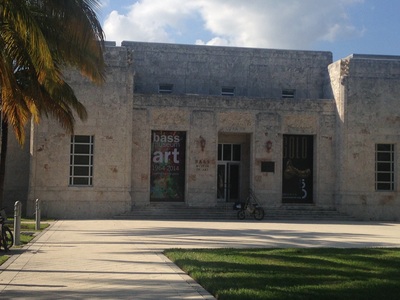
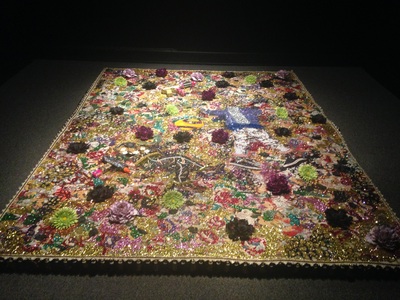

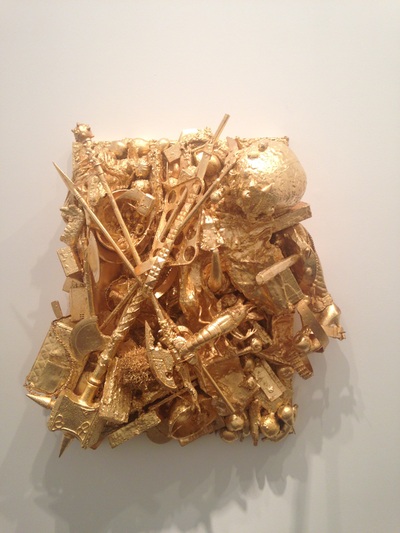

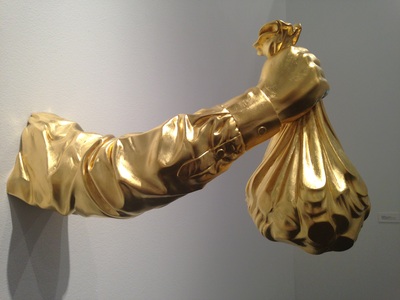
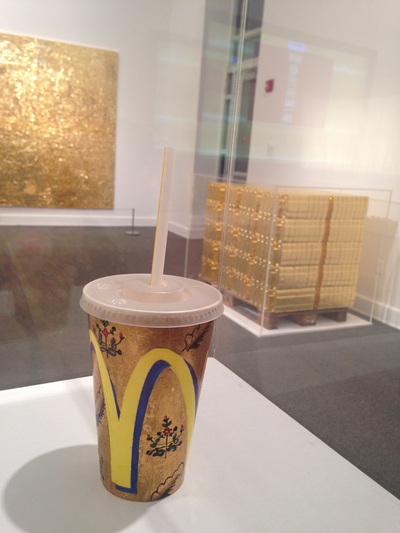

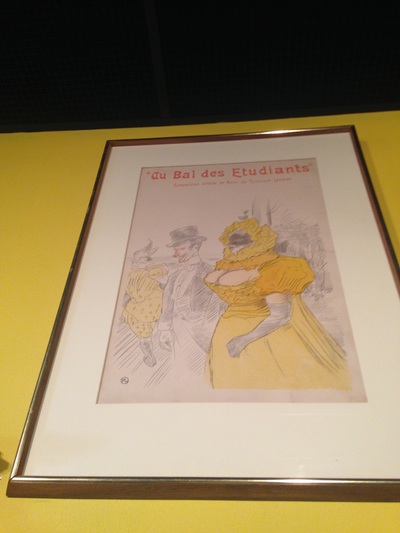

 RSS Feed
RSS Feed
